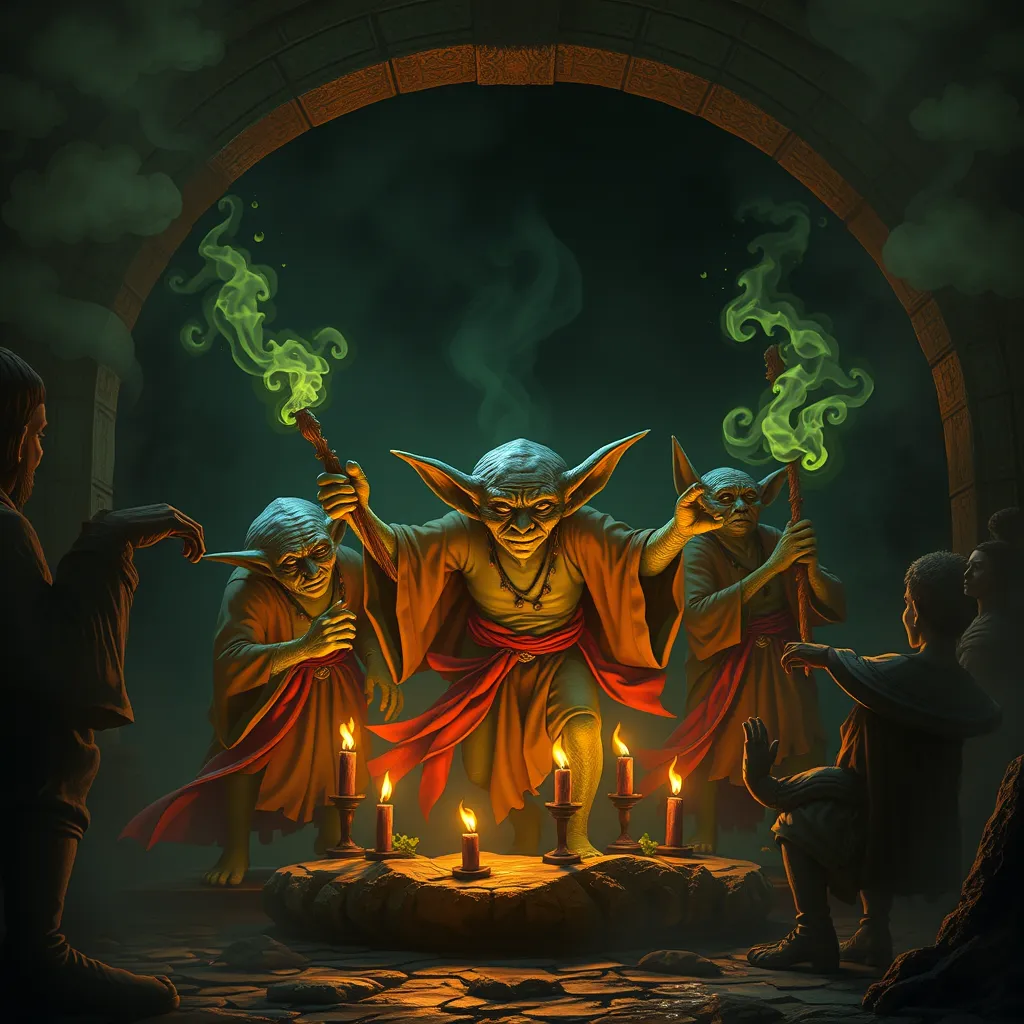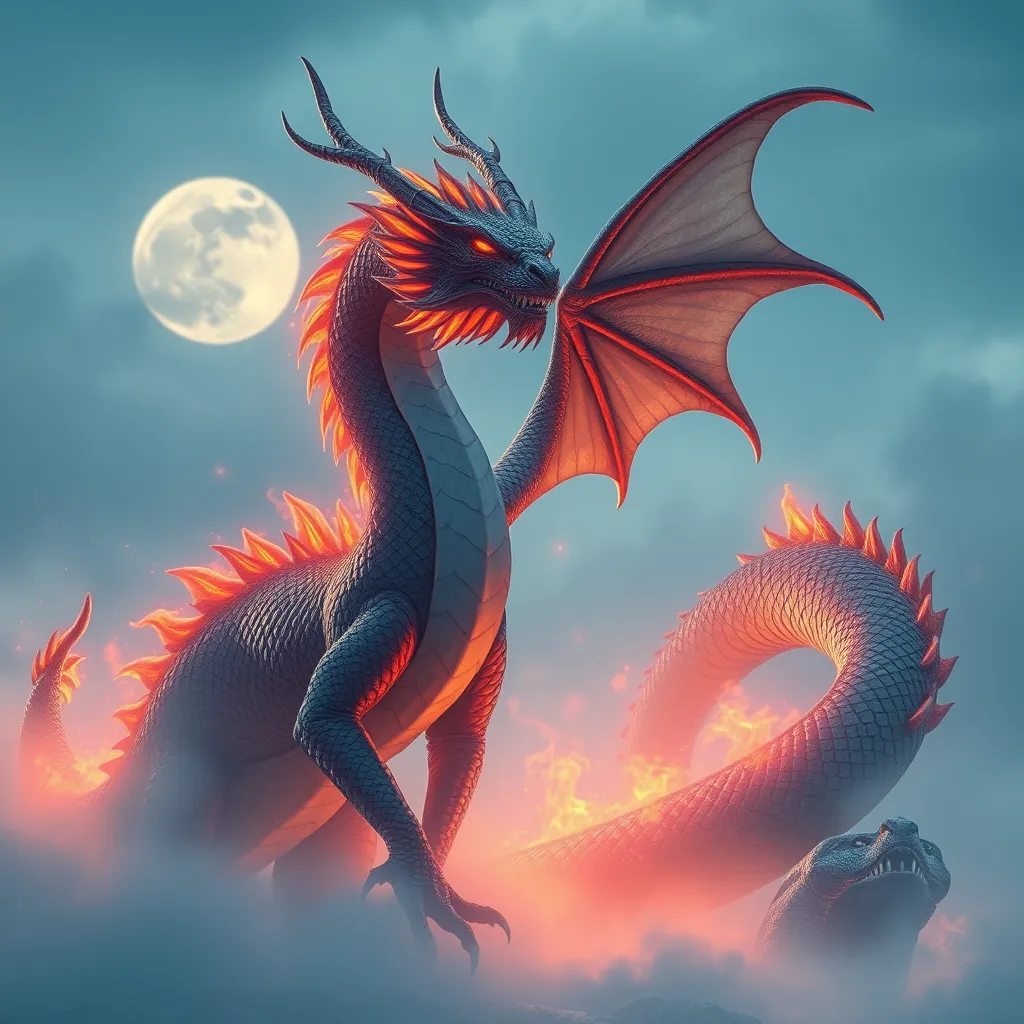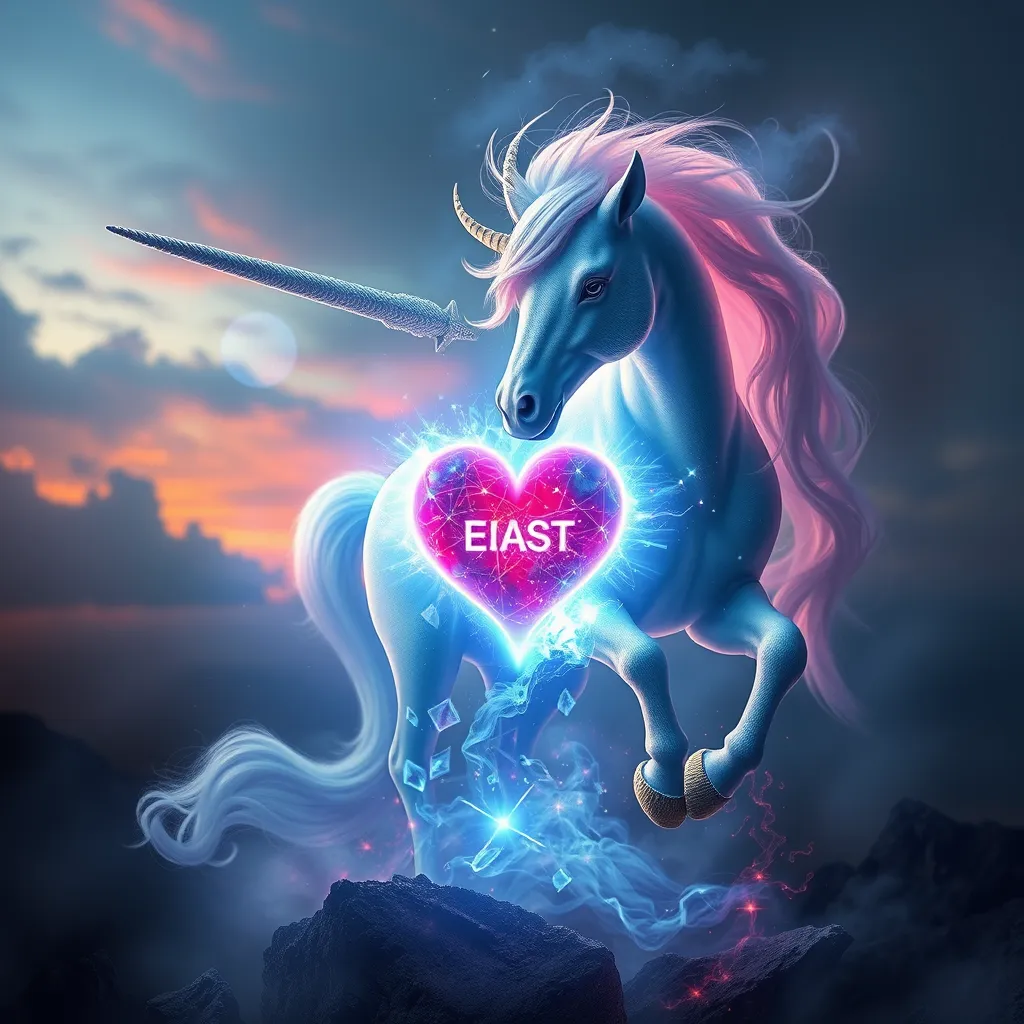The Goblin’s Dance: Exploring Goblin Rituals and Traditions
I. Introduction to Goblin Culture
Goblins, often depicted as mischievous and cunning creatures, have captured the imagination of many cultures throughout history. Their mythology and folklore are rich with tales of their interactions with humans and other mythical beings. Goblins are frequently portrayed as guardians of the earth’s treasures, tricksters, or even as helpers to those in need. Understanding goblin culture requires a deep dive into their rituals and traditions, which play an essential role in their societal structure.
Rituals in goblin society serve multiple purposes, from celebrating the cycles of nature to reinforcing community bonds. These practices are crucial for maintaining their identity and passing down knowledge through generations. This article aims to explore the origins, significance, and modern interpretations of goblin rituals and traditions, shedding light on their enduring legacy.
II. The Origins of Goblin Rituals
The origins of goblin rituals can be traced back to various historical contexts across different cultures. From European folklore to Asian mythologies, goblins have appeared in numerous forms and narratives, often influenced by the societies that created them. For instance, in medieval Europe, goblins were often associated with the supernatural and were believed to inhabit the dark corners of the world.
Over time, goblin traditions have evolved, adapting to changing societal norms and beliefs. The influence of other mythical creatures, such as fairies and elves, has also played a role in shaping these rituals. The blending of different mythologies has enriched goblin culture, resulting in a diverse array of practices that reflect their unique worldview.
III. Key Goblin Rituals and Their Significance
A. The Dance of the Harvest Moon
One of the most celebrated rituals in goblin culture is the Dance of the Harvest Moon. This event occurs annually during the autumn harvest when goblins gather to give thanks for the bounty of the earth.
- Description: The ritual involves a night of dancing under the full moon, accompanied by music made from natural instruments like drums and flutes. Goblins wear floral crowns and colorful garments made from leaves and grasses, embodying the spirit of nature.
- Symbolism: The Dance of the Harvest Moon symbolizes gratitude, abundance, and the cyclical nature of life. It reinforces the connection between goblins and the natural world, reminding participants of their role as caretakers of the earth.
B. The Gathering of the Green
Another significant ritual is the Gathering of the Green, which focuses on community, sustainability, and a deep connection to nature.
- Purpose and Participants: This gathering invites all goblins from surrounding areas to come together to share knowledge about sustainable practices, gardening, and healing herbs. It is a time for storytelling, sharing resources, and fostering community ties.
- Connection to Nature: The Gathering of the Green emphasizes the importance of living in harmony with the earth. Participants engage in activities such as planting trees, creating gardens, and learning about the flora and fauna in their region.
IV. Goblin Symbols and Artifacts
Symbols and artifacts hold great significance in goblin traditions, serving as reminders of their beliefs and history.
- Common Symbols: Goblin rituals often feature symbols such as the oak leaf, which represents strength and endurance, and the toadstool, symbolizing magic and the unknown.
- Significance of Artifacts: Artifacts like carved stones, woven baskets, and ceremonial masks play vital roles in rituals. They are often imbued with meanings that reflect the beliefs and values of goblin society.
- Creation and Maintenance: These symbols are created through traditional crafting methods passed down through generations. Goblins take great care in maintaining these artifacts, ensuring they retain their cultural significance.
V. The Role of Music and Dance
Music and dance are integral components of goblin rituals, serving as a medium for storytelling and community bonding.
- Types of Music: Goblin music typically consists of lively tunes played on instruments made from natural materials, such as wood and bone. Rhythmic drumming and melodic flutes are common, creating an atmosphere of celebration and unity.
- Importance of Dance: Dance is a powerful form of expression in goblin culture. It conveys stories of their ancestry, lessons about nature, and expresses emotions ranging from joy to sorrow. Dancing together fosters a sense of belonging and strengthens community ties.
- Specific Dance Styles: Various dance styles exist, each with its meaning. The “Moonlit Shuffle,” for example, symbolizes joy and celebration, while the “Earthbound Stomp” represents grounding and connection to the earth.
VI. Goblin Festivals and Community Gatherings
Festivals are a vibrant aspect of goblin culture, showcasing their traditions and strengthening communal bonds.
- Overview of Major Festivals: Key festivals include the Festival of Shadows, where goblins celebrate their connection to the mystical, and the Festival of Lights, which honors the return of spring.
- Passing Down Traditions: Through storytelling, music, and dance, goblin rituals are passed down from one generation to the next. Elders play a crucial role in teaching younger goblins about their heritage.
- Cultural Identity: Festivals reinforce cultural identity, providing a sense of belonging and pride in their heritage. They serve as a reminder of the community’s shared values and history.
VII. Modern Interpretations of Goblin Rituals
In recent years, the depiction of goblins in pop culture has significantly influenced how their imagery and rituals are perceived.
- Influence of Pop Culture: Movies, books, and video games have popularized goblin portrayals, often romanticizing or altering traditional views. This has led to a resurgence of interest in goblin folklore.
- Adaptations of Rituals: Some contemporary groups have adapted traditional goblin rituals to fit modern contexts, incorporating elements of environmentalism and community service.
- Resurgence of Interest: There is a growing movement among enthusiasts to explore and revive traditional goblin rituals, blending them with contemporary practices to keep the culture alive.
VIII. Conclusion: The Enduring Legacy of Goblin Traditions
Goblin rituals and traditions hold significant cultural importance, reflecting the values and beliefs of their communities. As society evolves, the significance of these rituals remains relevant, offering insights into the relationship between humans and nature, as well as the importance of community.
Preserving these cultural practices is essential to maintaining the richness of goblin folklore. As interest in goblin traditions continues to grow, it is crucial to recognize their impact on contemporary culture and ensure that these practices are passed down to future generations.
In conclusion, the legacy of goblin traditions serves as a reminder of the interconnectedness of all beings and the importance of respecting and celebrating cultural diversity. The future of goblin rituals lies in their ability to adapt and thrive in a modern world while honoring their ancient roots.



